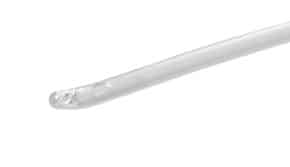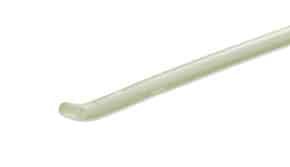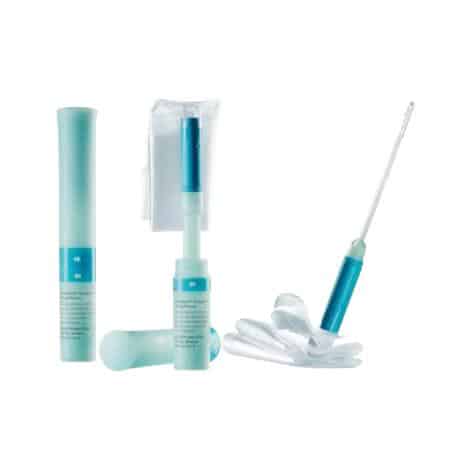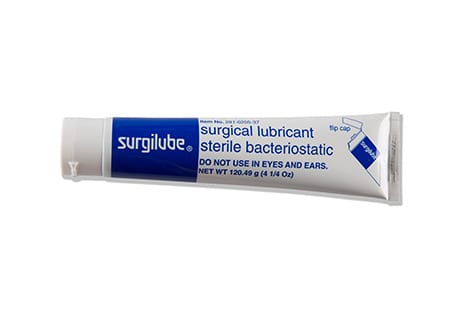There are many questions someone might have when they start using a catheter daily to empty their bladder. One of the most common will likely be the pain factor. When you first start to use intermittent catheterization, it might feel uncomfortable or even painful. There are a number of factors that could affect your comfort level when cathing. If you are worried about pain, we will discuss those factors below and explain what to do for catheter pain.
Why You Might Feel Pain When You Cath
The first few times you cath, it’s expected that you might not know exactly what you are doing. Your doctor and nurses will have demonstrated how to use the catheter, but it is common to feel uneasy when you’re doing it early on. If you feel discomfort or pain when you cath, you should try taking a deep breath and relaxing. You could be tense, which will only make it more difficult to cath correctly without hurting yourself. If you still feel pain after you have tried relaxing, you should contact your doctor as soon as possible to rule out any conditions, such as a urinary tract infection. ConvaTec offers GentleCath trainer on their site that features customized self-catheterization instructional videos and also answers questions, provides support, and gives access to other resources for intermittent catheter users.
Catheter Features to Consider
Coudé Catheters
 Some patients may also respond to some types of catheters better than others. For example, coudé catheters feature a bent, fixed tip for easier insertion. These types of catheters are also great at bypassing any obstructions or strictures in the urethra. Your doctor may recommend one of these or other catheter types depending on your specific issues.
Some patients may also respond to some types of catheters better than others. For example, coudé catheters feature a bent, fixed tip for easier insertion. These types of catheters are also great at bypassing any obstructions or strictures in the urethra. Your doctor may recommend one of these or other catheter types depending on your specific issues.
Polished Eyelet Catheters
Catheters that have smooth, polished eyelets are also beneficial for reducing any friction or discomfort in the urethra. These small holes allow urine to drain near the insertion tip and down the catheter tube into a container such as a bag. ConvaTec manufactures GentleCath catheters that feature this type of drainage eyelet with a rounded insertion tip that aids in comfort and reduces any damage to the urethra.
Hydrophilic Catheters
Hydrophilic catheters are pre-lubricated and designed for patients who have trouble inserting the catheter into the urethra. These types of catheters are made for both females and males. They help reduce the risk of obtaining a urinal tract infection (UTI) and provide the utmost comfort upon insertion and removal. The GentleCath Glide by ConvaTec is a quite popular option and used by many of our satisfied patients. This catheter is easily lubricated by popping the included water pack to activate the low-friction coating featuring ConvaTec’s FeelClean™ technology. We also carry an option that has the coudé tip for added comfort.
Use Lubrication on Uncoated Catheters
 If you are using a catheter that does not include any type of lubrication, you may consider using a lubricant to make the insertion process as effortless as possible. We have many high-quality options available to you and are able to help you determine which one would be best for you.
If you are using a catheter that does not include any type of lubrication, you may consider using a lubricant to make the insertion process as effortless as possible. We have many high-quality options available to you and are able to help you determine which one would be best for you.
Something to note about these lubricants is to first find out if you have any allergies to the ingredients. Most are latex-free, hypoallergenic, and sterile. However, some contain Chlorhexidine. This agent is used to reduce bacteria but may cause stinging, redness, swelling, or even a UTI in those that are allergic to it. It would be wise to determine a list of what you are allergic to prior trying a lubricant.
Cathing Pain-Free Should Be the Norm
While you may feel pain or discomfort in your first few times of cathing, this should not be the norm. If taking a deep breath and changing your technique does not help, you should speak with your doctor to determine the right course of action for what to do for catheter pain. You should never feel the need to force your catheter upon insertion. More harm could be done than intended.
For more information about catheterization, what to do for catheter pain, or help finding the right catheter for you, please contact one of our Personally Delivered Product Experts at (800) 777-1111.






